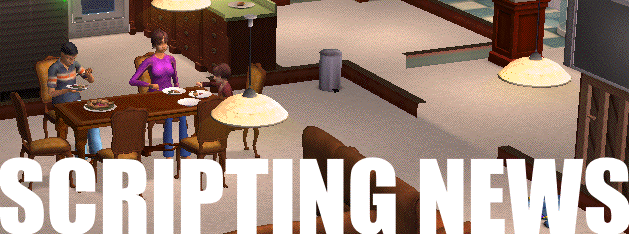
 A river of news in JSON
A river of news in JSON 
Way back in December 1997, I wrote about Scripting News in XML. "One of the promises of XML is that it will make it possible to have different kinds of browsers, custom-built to present specialized content flows."
 And while some angry nerds (heh) will disagree, for sure -- that was the beginning of RSS. The first moment a blog post crawled up on an aggregator and said Hello World.
And while some angry nerds (heh) will disagree, for sure -- that was the beginning of RSS. The first moment a blog post crawled up on an aggregator and said Hello World.
So maybe what I am about to show you now will also lead to some big things? I think it will. ![]()
Here's the deal.
I like to read my news in what I call a river. It's a very simple idea. Read a feed. If there are any new items put them on a raft and float them down the river. Read another feed, etc etc. Yadda yadda. Over and over, for all time.
If you like Twitter or Facebook, it should sound familiar. Of course rivers existed before Twitter and Facebook, as many people will point out. A teletype is a river. The first websites were rivers, as are all blogs. It's a natural step to make our RSS readers work the same way.
For example, here's how I read my news.
http://daveriver.scripting.com/
Now if you pop the hood, and view source on that page, you'll see that it's a JavaScript application that gets its data from a JSON file.
http://daveriver.scripting.com/river3.js
If you look at that file, you'll see what a river looks like in code.
As with RSS, it's so simple that you could almost read it without an application. I hope all the names of elements make sense. I strived for simplicity and obviousness.
If you want to build an application that reads this river, please do. Try to read it no more often than once every ten minutes. To read it more often is pointless, that's how often it changes. And don't be shy, if you develop something using this data, show us what it looks like...
Here we go again! ![]()



